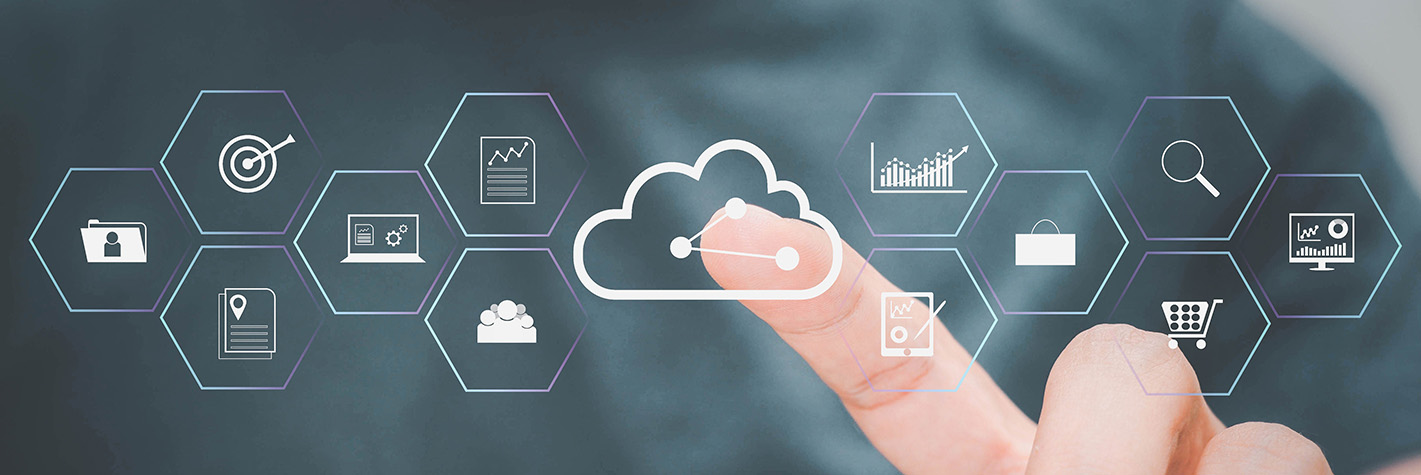When you deal with projects, which usually last for a while, it's important to have a roadmap. But what is a roadmap, and how can you build one?
A roadmap is a high-level visual representation of a project's scope, goals, timelines, milestones, and deliverables. It typically communicates the project's progress to stakeholders and helps teams stay organized and on track.
As a high-level tool, it needs to be detailed only to a certain point, as it might go through changes as the project evolves. It'll also develop, as the roadmap typically covers 3-5 years into the future. It's basically an overview outlining the major steps required to achieve a project's objectives.
Even as an overview, it remains a critical tool for project planning, tracking, and communication. It's the roadmap that provides a strategic overview of the project and helps stakeholders understand the project's evolution.
How to create a project roadmap
First, define the project's goals and objectives to create a project roadmap. Then, identify the tasks and milestones that need to be completed to achieve those goals. Finally, create a timeline that shows when each task and milestone should be completed.
We have a more detailed step-by-step for you here:
1. Define the project's goals and objectives - What's the project trying to achieve? What are the key outcomes the project will deliver?
2. Break the project down into phases - Outline the most significant steps or phases required to achieve the project's objectives.
3. Identify the key milestones and deliverables - List the significant events, high-level outcomes, and deliverables that mark progress towards completing each phase.
4. Group milestones and determine the timeline - Determine the tasks, how long each takes, and timelines needed to achieve each milestone. Start from the end date and work backward for better precision.
5. Create your project roadmap - Assign teams and resources to execute the roadmap. Clarify roles and responsibilities. Use a visual tool like a Gantt chart or timeline to create a roadmap that shows the phases, milestones, and timeline.
Examples of project roadmaps
Still unsure on project roadmaps and how they can help you? No problem! First, let's check out some of the items you can usually find in a roadmap:
- Goals and objectives: The project's overall purpose and the specific outcomes that the project aims to achieve.
- Phases & milestones: The major steps or stages required to complete the project. Each phase typically has its own set of tasks, milestones, and deliverables.
- Timeline: The project's schedule, including start and end dates for each phase and milestone. The timeline helps teams stay on schedule and identify potential delays.
- Dependencies: The relationships between tasks and deliverables, including any dependencies between them. Dependencies show how tasks and deliverables are related, to help identify potential roadblocks or bottlenecks.
- Resources: The team, tools, equipment, and other resources required to complete the project. This helps allocate resources effectively and identify constraints that may impact the project's schedule or budget.
Some applied examples of project roadmaps
Marketing campaign: For a marketing project, you can include the timeline for creating the content, launching the campaign, and measuring the results. This can be part of yourmarketing plan.
Software development: On this one, you may find the timeline for developing the software, the timeline for testing the software, and the timeline for releasing the software.
Business expansion: This type of roadmap outlines the steps to expand a business into new markets, such as geographic regions or product lines.
Product launch: A very common roadmap; this usually includes the timelines for designing the product, manufacturing and testing it, and shipping it.
Event preparation: An event roadmap illustrates a high-level planning process and milestones for a conference or tradeshow. Just remember it usually covers more extended periods; for events, it can be 6 to 12 months.
Strategic initiative: A strategy roadmap summarizes the vision, priorities, key phases, and deliverables for an organization-wide strategic initiative over multiple years, with milestones and stages to make it trackable.
5 tips for an effective project roadmap
Besides knowing what a project roadmap is and what needs to be in it, it's crucial to understand what makes a roadmap work better. We have 5 tips for that:
- Your roadmap needs to be flexible, so include only your project's most critical tasks and milestones.
- Consider using a timeline view to make your project roadmap easier to follow. The clearer, the better.
- Projects evolve and change. Keep your project roadmap up to date and visible to everyone involved.
- Communication is key, so involve stakeholders in creating and updating your project roadmap.
- Use digital tools to help you track progress and keep your project roadmap organized.
As the key to a successful project roadmap is keeping it high level, by focusing on the big milestones and periods, a game changer can be having support to track the tasks within your roadmap and organize their workflows.
Project roadmaps can be created using various tools, including Gantt charts, timelines, and other visual aids. The workflow for the tasks, with individuals responsible for each one of them and deadlines, can be built on BPM software like Qntrl.
By now, you can see that a project roadmap is an essential tool for project management, as it helps project teams stay focused, track progress, and communicate with stakeholders.
It's important to be able to manage tasks and their processes, leading to proper project completion. A platform like Qntrl will help you with that. If you need help understanding more, book a demo with us.








